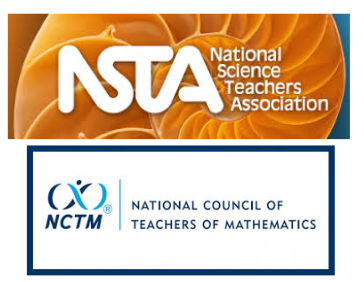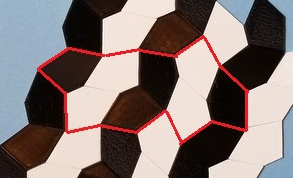
My latest column for Quanta Magazine explores the role that evidence plays in mathematics, a field better known for its reliance on logical proof.
For example, do you know the next term in this sequence?
1, 2, 4, 8, 16
You might be surprised!
“Mathematics has a long history of defying expectations and forcing us to expand our imaginations. That’s one reason mathematicians strive for proof, not just evidence. It’s proof that establishes mathematical truth. All available evidence might point to 32 as the next number in our sequence, but without a proof, we can’t be certain.
Some simple examples involving high school math show how evidence can lead us toward proof in mathematics, but can also lead us astray if we aren’t careful. You can learn more by reading the article at Quanta Magazine, which is freely available here.



